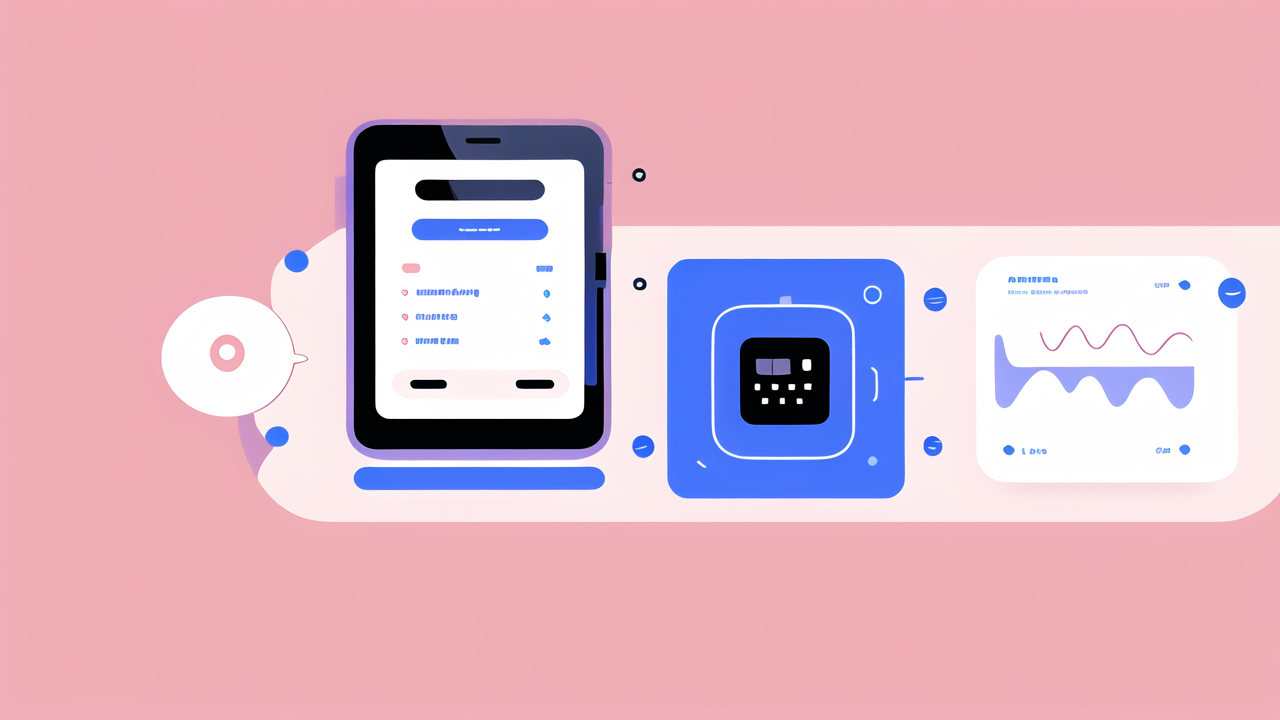The Genesis of Digital Watches: Revolutionizing Timekeeping in the United States
The Inception of Digital Wristwatches
Digital watches emerged in the 1970s, marking a major shift in timekeeping. They replaced analog displays with numerical readouts. The first digital watch, the Pulsar, debuted in 1972. It used LED technology to show the time at the push of a button.

Early digital watches were expensive luxury items. They quickly gained popularity for their novelty and precision. These watches used quartz crystals for accurate timekeeping. This was a big improvement over mechanical watches.
As technology advanced, digital watches became more affordable. By the 1980s, they were common everyday items. Brands like Casio and Timex led the way in mass-market digital watches. These watches added features like alarms, stopwatches, and calculators.
Technological Innovations Driving the Digital Watch Market
Several key innovations propelled the digital watch market forward. Liquid Crystal Display (LCD) technology replaced LED displays. This allowed for constant time display without draining the battery. Improved battery life made digital watches more practical for daily use.
Miniaturization of components allowed for slimmer, more comfortable designs. This made digital watches appealing to a wider audience. The integration of solar power extended battery life even further.
Digital watches began to incorporate more advanced features. These included world time, multiple alarms, and water resistance. Some models even offered basic games. These additions made digital watches more than just timekeepers.
Milestones in Digital Watch History: Pioneering Products and Features
The Development of Smart Features in Digital Watches
As technology progressed, digital watches became smarter. The 1980s saw the introduction of databank watches. These could store phone numbers and appointments. In the 1990s, Timex introduced the Datalink watch. It could sync with computers to update information.

The early 2000s brought GPS technology to digital watches. This was especially useful for runners and outdoor enthusiasts. Heart rate monitors were also integrated, appealing to fitness-focused consumers.
Bluetooth connectivity became a game-changer. It allowed watches to connect with smartphones. This opened up new possibilities for notifications and data sharing. Smartwatches emerged as a new category, blurring the line between watches and mobile devices.
Key Players and Brands That Shaped the Industry
Several brands played crucial roles in shaping the digital watch industry. Casio stands out for its innovative designs and affordability. Their G-Shock line, launched in 1983, set new standards for durability.
Timex brought digital watches to the mass market. Their Ironman series became popular among athletes. Suunto and Garmin became leaders in GPS-enabled sports watches. They catered to outdoor enthusiasts and athletes.
Apple entered the market in 2015 with the Apple Watch. This move helped popularize smartwatches. Other tech giants like Samsung and Google followed suit. Traditional watchmakers also adapted, creating hybrid smartwatches.
The Future of Digital Watches: Trends and Predictions
Cutting-Edge Technologies in Today's Digital Watches
Modern digital watches are far more than simple timepieces. They now incorporate advanced health monitoring features. These include ECG sensors, blood oxygen level measurements, and stress tracking.

Artificial Intelligence (AI) is being integrated into smartwatches. This allows for more personalized insights and recommendations. Voice assistants like Siri and Google Assistant are becoming standard features.
Battery technology continues to improve. Some watches now offer weeks of battery life. Solar charging and kinetic energy harvesting are becoming more common. These technologies reduce the need for frequent charging.
How Wearable Technology is Reshaping Consumer Expectations
Consumers now expect their watches to do more than tell time. Health and fitness tracking have become key selling points. Many people use their watches to monitor daily activity and sleep patterns.
Contactless payments via smartwatches are gaining popularity. This feature adds convenience and reduces the need to carry wallets. Some watches now offer cellular connectivity. This allows users to make calls and send messages without a phone.
Privacy and data security are growing concerns. Consumers are becoming more aware of the data their watches collect. Future digital watches will need to balance functionality with robust privacy protections.
The line between smartwatches and traditional watches is blurring. Many luxury watchmakers now offer connected features. This trend is likely to continue, with more hybrid options entering the market.
As technology advances, digital watches will likely become even more integrated into our lives. They may serve as keys, ID cards, and health monitors. The future of digital watches is bright, with endless possibilities for innovation.




Leave a comment
This site is protected by hCaptcha and the hCaptcha Privacy Policy and Terms of Service apply.